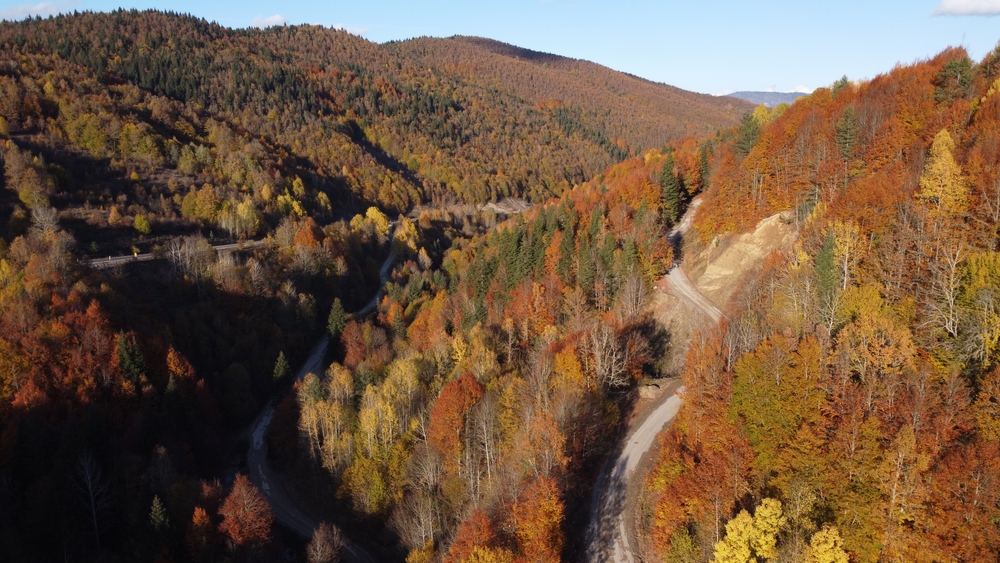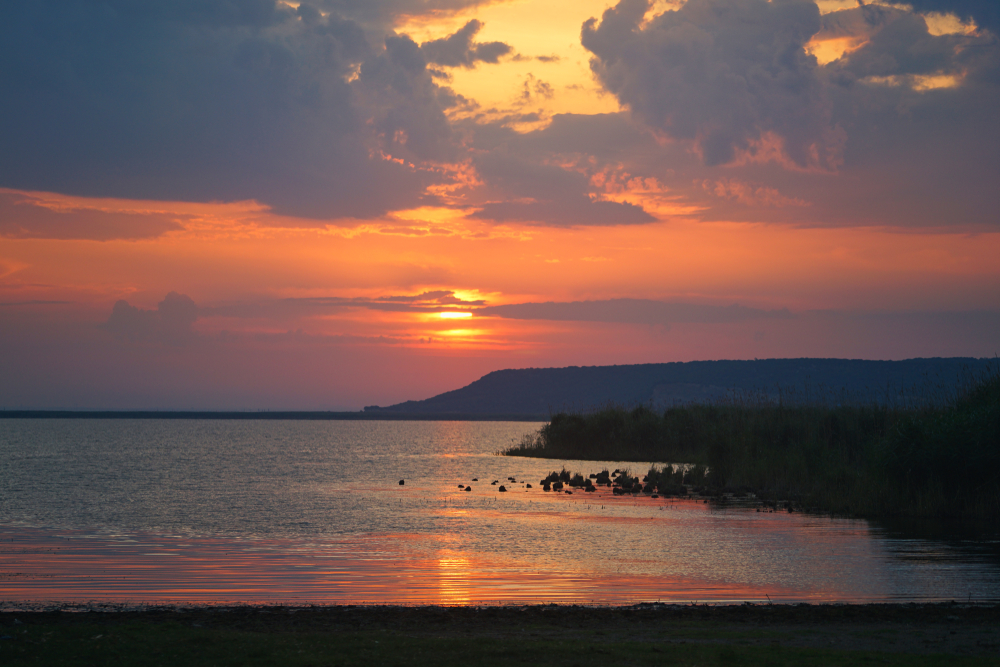Lake Gala Overview
Lake Gala National Park, known locally as Gala Gölü Millî Parkı, is a biologically rich wetland and freshwater ecosystem located in Edirne Province in the European part of Turkey. The park spans approximately 24.7 square miles, or about 64 square kilometers, and lies near the town of Enez, close to the Aegean coast and the border with Greece.
It encompasses Lake Gala, Lake Pamuklu, surrounding reed beds, marshlands, and agricultural lands that have reverted to natural conditions. The park sits within the Meriç Delta, one of the most significant wetland systems in Turkey.
The terrain is low-lying and flat, shaped by seasonal flooding and sediment deposits from nearby rivers. This creates a patchwork of shallow lakes, channels, and islands that are essential for the survival of countless water-dependent species.
The vegetation in Lake Gala National Park is adapted to its wetland environment, with extensive reed beds forming the dominant landscape feature around the lakes. These reeds provide critical cover and nesting habitat for birds and amphibians. Along with the reeds, there are willow groves, wet meadows, and aquatic plants such as water lilies and submerged grasses.
Seasonal changes in water levels influence the types of vegetation that flourish throughout the year, and in drier months, mudflats and open water patches emerge, attracting wading birds and other wildlife.
Wildlife in the park is particularly focused on bird species, making it one of Turkey’s premier birdwatching destinations. Over 160 bird species have been recorded, with Lake Gala and its surroundings serving as a major resting, breeding, and feeding ground for both resident and migratory birds. Notable species include flamingos, grey herons, little and great egrets, spoonbills, cormorants, and a variety of ducks and geese.
The area is also a haven for birds of prey such as marsh harriers and ospreys. Amphibians and reptiles thrive in the wetlands, and the lake systems support numerous fish species, including carp and catfish. Otters, although rarely seen, are known to inhabit the quieter, undisturbed areas of the marsh.
Popular features of the park include its bird observation towers and walking trails, which offer panoramic views across the lakes and marshes. Seasonal boat tours allow for closer views of the reed beds and the birds that inhabit them.
Sunrise and sunset provide some of the most striking visual experiences, as flocks of birds gather in great numbers, filling the sky and reflecting off the water’s surface. The peaceful scenery and vibrant birdlife draw nature lovers, photographers, and school groups throughout the year.
Visitors engage with Lake Gala National Park through birdwatching, hiking, photography, nature education programs, and guided eco-tours. The park is particularly active during spring and autumn migrations, when bird populations peak. Observation platforms and visitor facilities have been developed to allow responsible public access without disturbing the sensitive habitats.
Conservation efforts in Lake Gala National Park have made considerable progress since the area’s designation in 2005. Despite pressures from agriculture, water pollution, and unregulated fishing, improved protections and active management have helped stabilize key habitats.
Collaborations between local authorities, universities, and environmental NGOs have enhanced awareness and enforcement. Continued focus on sustainable tourism and habitat restoration is essential to preserving this vital wetland ecosystem for the future.
Park Map
Lake Gala National Park Highlights
Share your clicks with us
Related National Parks More Turkey
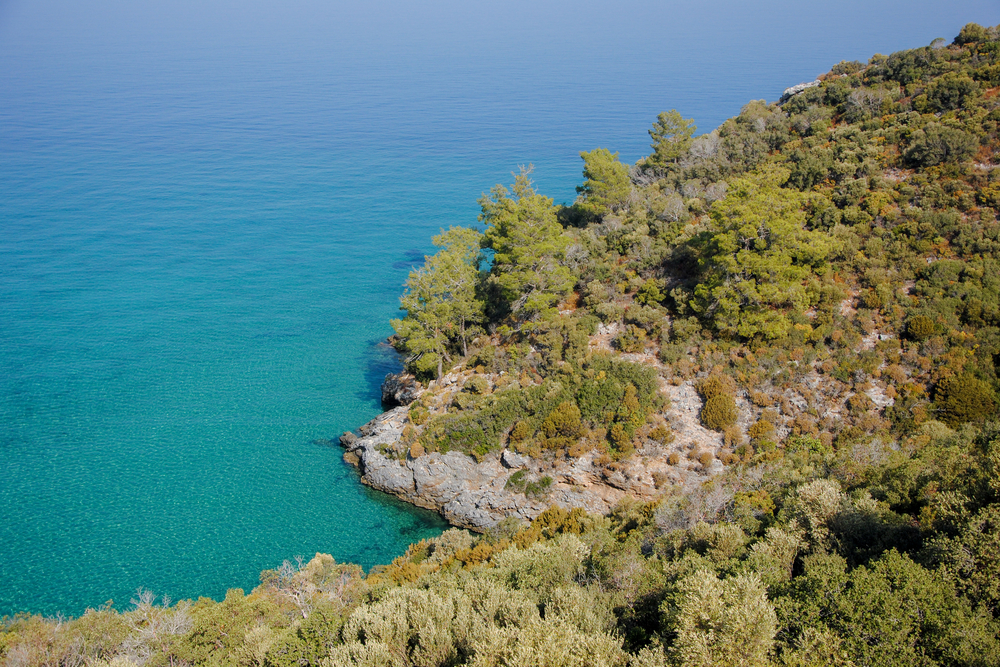
Dilek Peninsula–Büyük Menderes Delta National Park

Lake Beyşehir National Park
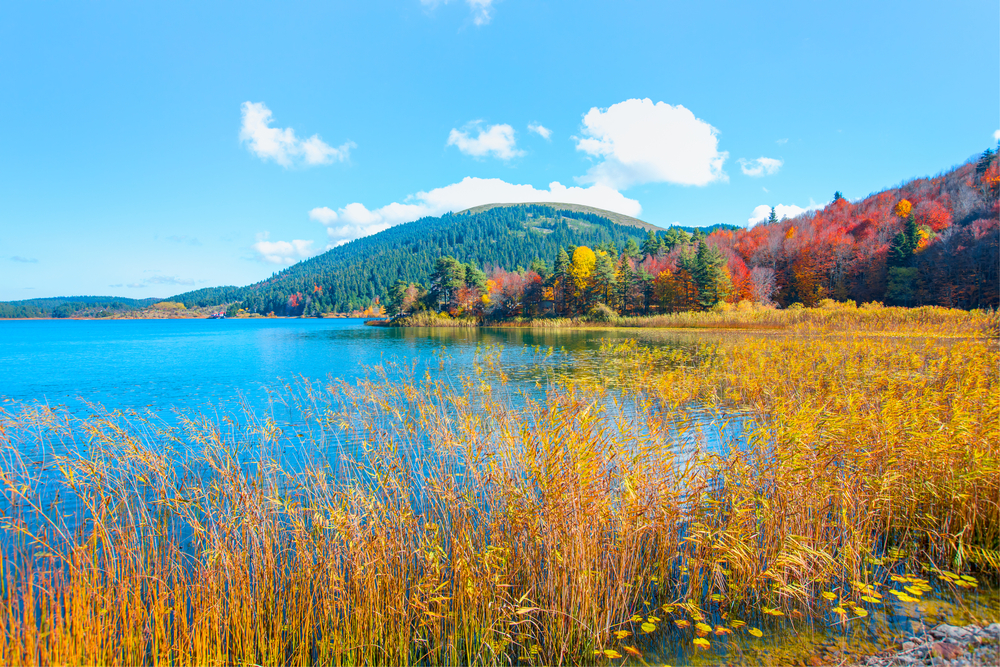
Lake Abant National Park
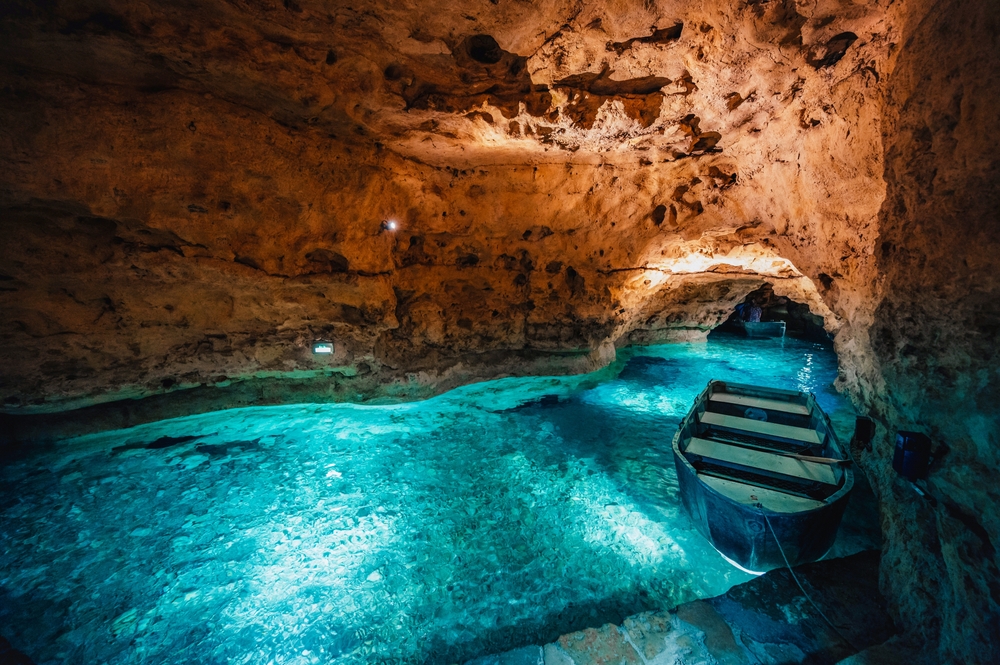
Derebucak Çamlık Caves National Park
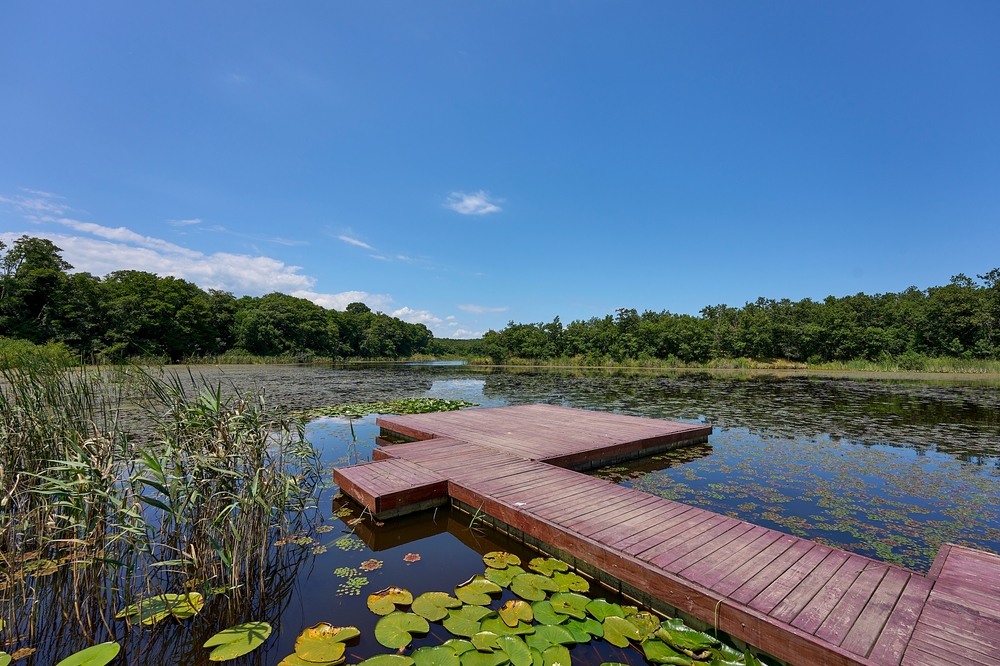
İğneada Floodplain Forests National Park

Hakkâri Cilo-Sat Mountains National Park

Karagöl–Sahara National Park

Köprülü Canyon National Park
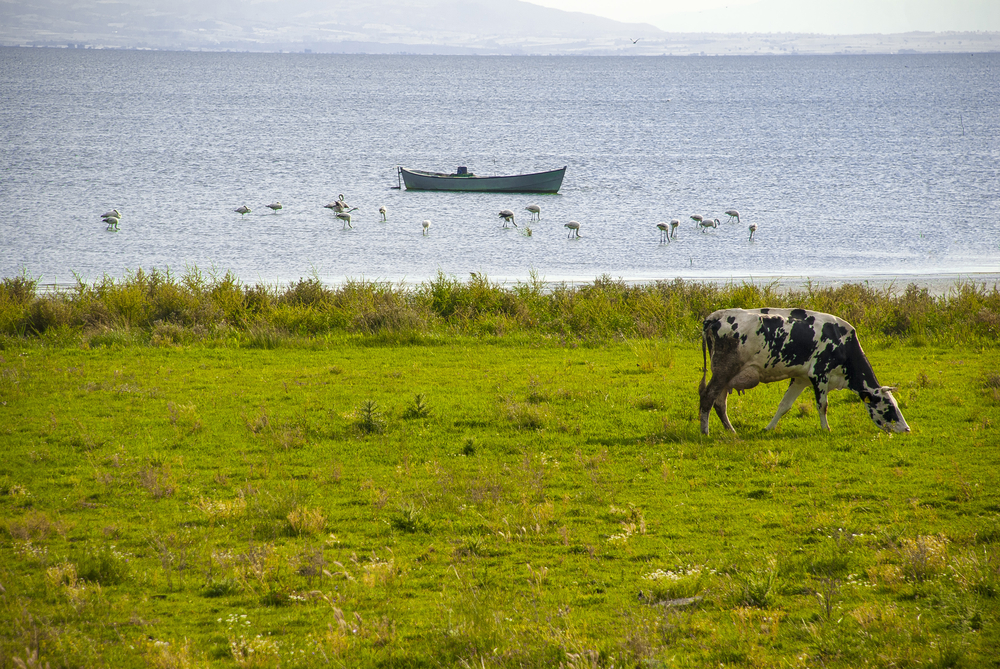
Kuşcenneti National Park
